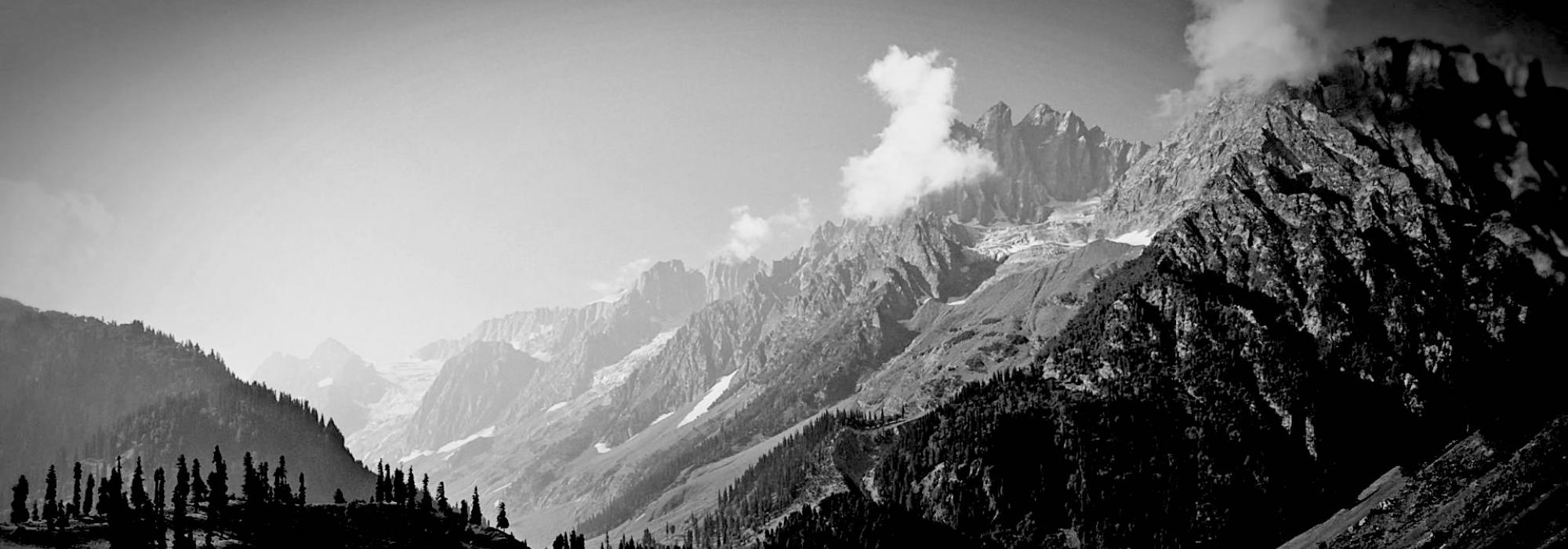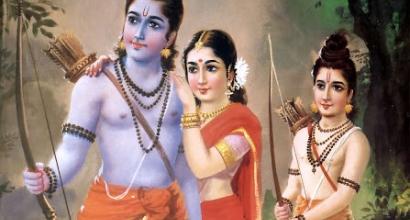Nāṭaka has a special place in the world of Sanskrit literature. Indian aestheticians have always held that nāṭaka occupies the highest rung in the hierarchy of different genres of creative literature. Their view is, indeed, justified. Several forms of fine arts and performing arts undergo an aesthetic blend to give birth to a nāṭaka. The product is marvellous and transcends the sum of its components. From a historical perspective, we can say that nāṭaka is the final and the largest flower that blossomed in the floral bunch of Sanskrit literature. To be specific, nāṭaka is a sub-genre belonging to the bigger genre of audio-visual literature called the rūpakas. Nevertheless, because of the prominence it has naturally attained, the entire genre is named after this sub-genre; thus the word nāṭaka is used almost like a generic term. In the current work, we will employ the word nāṭaka in this generic sense.
Sanskrit literary aestheticians have classified kāvya as dṛśya and śravya. Nāṭaka and other associated forms of theatrical presentations fall under the category of dṛśya; in other words, they can be seen through our eyes. Therefore, such theatrical presentations are called rūpakas, i.e., they have a form that can be perceived through the eye. In addition, literature is also classified under two heads, namely – kāvya and nāṭya. The genre rūpaka largely falls under second. The term nāṭya includes dance (nṛtya), music (gīta), literature (sāhitya), and communication through gestures (‘abhinaya’). It is evident that nāṭaka is constituted by the three elements – kāvya, nṛtya and gīta (vocal and instrumental). One must take the aid of painting, sculpture, and other fine arts to stage a nāṭaka. Thus, several different forms of art come together in a nāṭaka and provide wholesome entertainment to people of variegated tastes.
Treatises on Nāṭya
As discussed in the previous section, nāṭaka is a composite form of art and there are works that delineate the grammar and aesthetics of each of its components. Sāhitya-śāstra pertains to poetics and Nāṭya-śāstra deals with the different modes of audio-visual expression. Saṅgīta-śāstra delineates aspects related to music and dance. Vāstu-śāstra elucidates the procedure for building a play-house (nāṭya- maṇṭapa), amongst other things. Bharata’s Nāṭyaśāstra is an encyclopaedic work and a grand compendium of all the above elements. It is called Bharata-śāstra as well, a name it bears after its composer. Among the various treatises connected with the theatrical tradition available to us today, Bharata’s Nāṭyaśāstra is the most ancient.
We gather from Pāṇini’s vyākaraṇa-sūtras, aestheticians such as Śilālī and Kṛśāśva had composed naṭa-sūtras before Bharata’s times. However, as we have not been able to lay our hands on the manuscripts of the naṭa-sūtras, it is hard to say what exactly they contained.
Bharata’s Nāṭyaśāstra probably belongs to the first or the second century CE.[1] It is also possible that different segments of the treatise might not have been composed in the same period. It is likely that some sections were documented before the second century CE and some may even belong to a later period.[2] Large parts of the work are composed in the anuṣṭup metre. We find other metres employed here and there and the text also contains prose passages like in the Mahābhāṣya of Patañjali. This work is also considered as the nāṭya-sūtra. Some scholars are of the view that the text of the Nāṭyaśāstra as available to us today is a versified form of the sūtras which existed in the past and others are of the opinion that the text is an abridged form of a more elaborate text which is lost today. As we go through the text, we understand that there were other authoritative texts on the subject at the time when Bharata composed the Nāṭyaśāstra.[3] However, the text does not mention the authors or the works which it borrows ideas from.
The text of the Nāṭyaśāstra as it is available to us today, consists of thirty-seven chapters.[4] The first five chapters are like the prologue and the last two are like the epilogue. Thirty chapters that are sandwiched between these delineate different aspects connected with theatre art.
The segment of the prologue consists of three important aspects – the story of the creation of nāṭya, its purpose, design of a theatre, and pūrvaraṅga-vidhāna (preliminaries to the play; artistic rituals performed before the actual play). The fourth chapter discusses the karaṇas, which constitute the most important aspect of movement vocabulary.
The following is the content of the rest of the chapters.
- Chapters 6 and7: Rasa and Bhāva
- Abhinaya (Various modes of Communication)
i. Chapters 8- 12: āṅgikābhinaya (communication through the body)
ii. Chapters 14-19: vācikābhinaya (communication through speech, music, and sounds)
iii. Chapters 21-26 : āhāryābhinaya (communication through costumes and stage properties) - Chapter 27 – siddhi
- Chapters 28 – 34: svara (musical notes), ātodya (musical instruments), and gāna (songs)
- Chapter 35: details related to the stage
- Chapters 36- 37: The story of Nāṭyaśāstra’s avatāra on to the earth
Chapter 20 delineates the vṛttis; pravṛttis and dharmīs are elaborated in the chapter 13.
All other treatises on the theatre tradition that are available to us today, have their roots in the Nāṭyaśāstra. No other text in the Sanskrit language which delineates these aspects in such great detail.
Abhinava-bhāratī, a commentary written by Abhinava-gupta on the Nāṭyaśāstra in about 1000 CE is as valuable as the work itself. At several places, it supplements Bharata’s work and throws light on various principles of aesthetics.
The current series of articles is an adaption of Prof. A. R. Krishnasastri's Kannada treatise Saṃskṛta-nāṭaka. They are presented along with additional information and footnotes by Arjun Bharadwaj.
[1] Scholars are divided in their opinion about the date of the treatise. It is likely that the Nāṭyaśāstra was composed between the Fifth Century BCE and the Third Century CE.
[2] Today, it has been established that the entire work has been composed by a single author, Bharata
[3] The frequent references that Bharata makes to ānuvaṃśya-ślokas point to the fact that there were works on Nāṭya during his times, which we might have lost today.
[4] Most editions contain thirty-six chapters. See the writings of Dr. Padma Subrahmanyam, Dr. Kapila Vatsyayana, and Dr. V Raghavan for more details.











































